Disclosure: This article contains affiliate links. We may earn a commission from purchases at no extra cost to you, which helps our travel content.
As an anthropologist who has spent decades studying marketplaces from Andean highlands to Moroccan souks, I've developed a particular appreciation for how commercial spaces reflect cultural values and community identities. Columbus, Ohio might seem an unlikely addition to my field research, yet this Midwestern capital harbors a remarkably diverse shopping landscape that tells a fascinating story of American urban renewal, creative entrepreneurship, and multicultural influence. Join me as we explore the rich tapestry of Columbus's retail offerings, where each district reveals another layer of the city's evolving character.
Short North Arts District: The Creative Pulse
The Short North represents what anthropologists call a 'third space'—neither purely commercial nor entirely cultural, but a vibrant hybrid where commerce and creativity intertwine. This walkable strip along North High Street between Downtown and Ohio State University campus has transformed from a neglected corridor to Columbus's premier arts district, a metamorphosis I've observed in similar creative districts from Medellín to Budapest.
On my recent visit, I spent hours exploring independent galleries and boutiques housed in restored Victorian buildings. Stores like Flower Child offer meticulously curated vintage pieces that would rival collections I've documented in Paris's Le Marais district. For those seeking locally-made treasures, Glean showcases upcycled art and jewelry from Ohio artisans, embodying the sustainable consumption principles I've championed throughout my career.
During my exploration, I carried my essentials in a crossbody travel bag that proved perfect for urban exploration—secure enough for my camera yet stylish enough for the design-conscious neighborhood. As evening approached, I witnessed the district's iconic lighted arches illuminate, transforming the streetscape into an outdoor gallery.
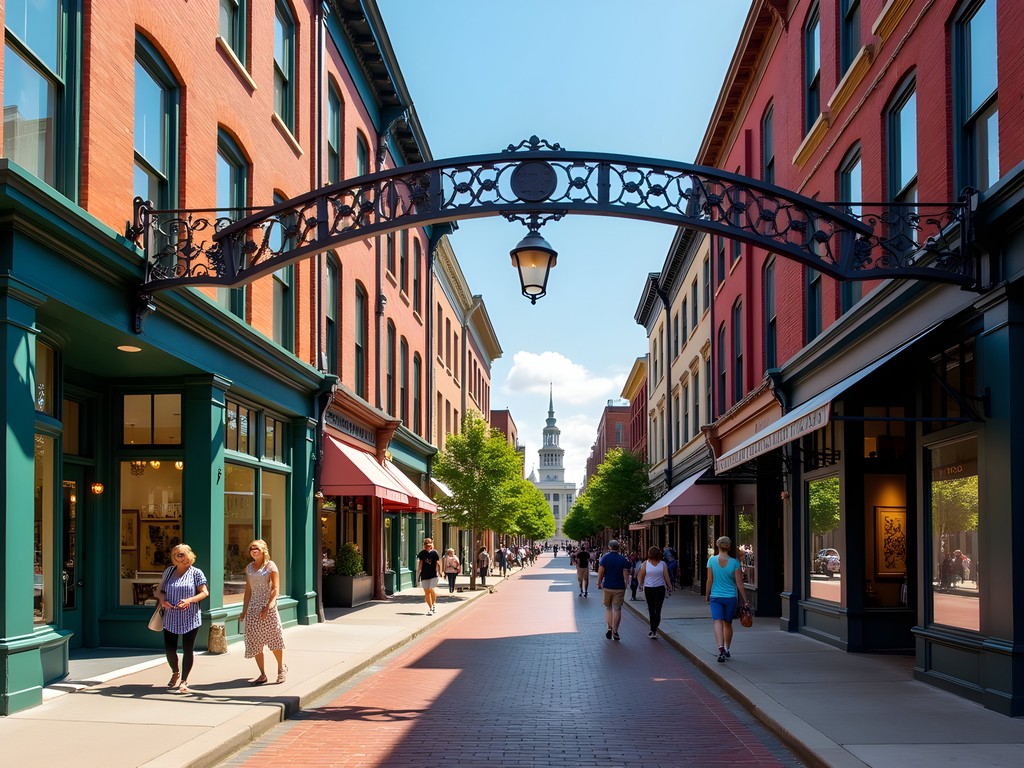
💡 Pro Tips
- Visit during the monthly 'Gallery Hop' on the first Saturday for special exhibitions and extended hours
- Look for the 'Made in CBUS' trail markers identifying locally-owned businesses
- Many boutiques offer handcrafted items with artisan stories—ask about their makers
North Market: Culinary Commerce as Cultural Exchange
Markets have been central to my anthropological research, serving as microcosms of regional identity and cross-cultural exchange. Columbus's historic North Market, dating to 1876, exemplifies how public markets function as both commercial ventures and cultural institutions. The current iteration houses over 30 merchants under one roof, creating what we academics might call a 'condensed commercial ethnosphere.'
During my fieldwork, I spent a full morning documenting the diverse vendor offerings, from Appalachian-inspired preserves to Vietnamese street food. The market functions as a small business incubator, particularly for immigrant entrepreneurs—a pattern I've observed in successful markets worldwide. I was particularly drawn to Flavor of India, where the spice selection rivals collections I've documented in Jaipur's markets, and North Market Spices, where I purchased custom blends to bring home to Edmonton.
For serious food enthusiasts, I recommend bringing a insulated market tote to transport perishable treasures safely. Mine proved invaluable when I couldn't resist the artisanal cheeses at Black Radish Creamery and handcrafted chocolates from Pure Imagination—items that required temperature control during my continued explorations.
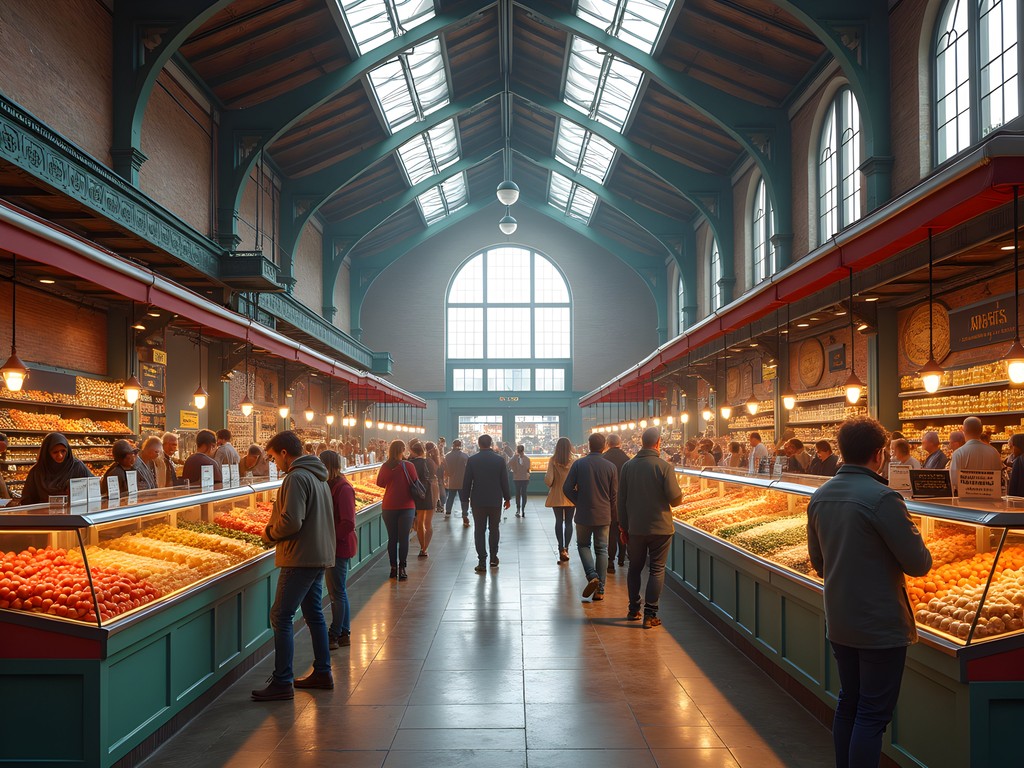
💡 Pro Tips
- Visit on weekday mornings for a less crowded experience and better vendor interaction
- Many merchants offer samples—don't hesitate to try before buying
- The second floor provides excellent vantage points for market photography
Easton Town Center: Constructed Commercial Landscapes
As an anthropologist, I'm fascinated by planned commercial environments and how they reflect cultural aspirations. Easton Town Center represents an interesting case study in American retail development—an outdoor shopping complex designed to simulate a traditional town center, complete with streets, fountains, and public squares. While some academics might dismiss such spaces as 'inauthentic,' I find them worthy of serious analysis for what they reveal about contemporary commercial ideals.
Easton houses over 240 retailers ranging from luxury brands to accessible chains, creating a stratified shopping experience that accommodates various socioeconomic groups—though primarily middle and upper classes. The architecture deliberately evokes nostalgia for American main streets, yet with distinctly contemporary consumption patterns.
During my research visit, I observed families utilizing the central green space as a gathering point between shopping excursions, demonstrating how commercial and social functions intertwine in modern retail environments. For comfortable extended exploration of this expansive complex, I relied on my cushioned insoles, which transformed my standard walking shoes into all-day comfort solutions.
While Easton represents a more commercial approach to shopping than I typically feature, it offers an interesting counterpoint to the independent districts and provides a comprehensive cross-section of mainstream American retail culture.
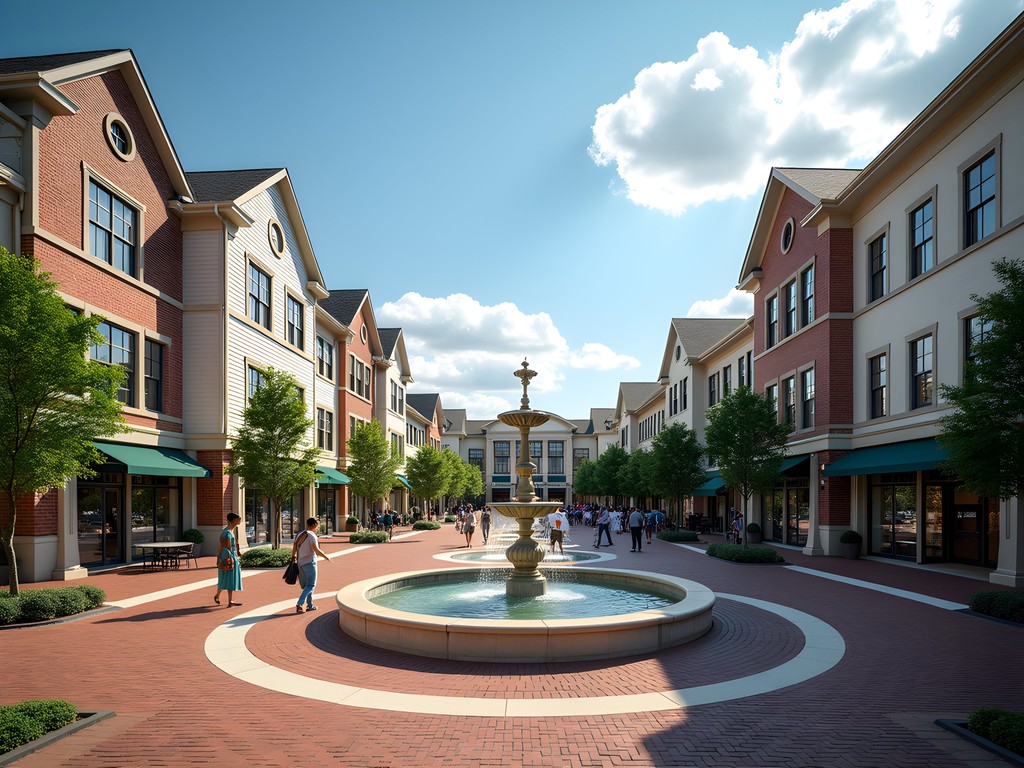
💡 Pro Tips
- Use the free Easton mobile app for navigation and parking assistance
- Visit the interactive directory kiosks for up-to-date store information
- The complex is designed for all-weather shopping with both indoor and outdoor sections
Grandview Avenue: Micro-Retail Communities
Throughout my career studying commercial spaces in valleys and villages worldwide, I've developed a particular affinity for neighborhood shopping districts that maintain distinct local identity despite urban growth pressures. Grandview Avenue exemplifies this phenomenon—a walkable commercial corridor that serves both nearby residents and destination shoppers seeking authenticity.
During my fieldwork, I documented how Grandview businesses maintain symbiotic relationships rather than pure competition. For instance, Stump Plants specializes in houseplants and botanical goods while neighboring Thread focuses on sustainable apparel—complementary rather than competing merchandise that encourages visitors to explore multiple shops.
I was particularly drawn to Objects for the Home, where the curation of household goods reminded me of specialty shops I've documented in Copenhagen's design district. For bibliophiles, Prologue Bookshop offers a thoughtfully selected collection that rivals independent bookstores I've visited in much larger cities.
When shopping for unique items, I always carry my packable tote which folds into a tiny pouch but expands to hold substantial purchases. This sustainable alternative to plastic bags has accompanied me from Mexican mercados to Japanese department stores.
The avenue's retail offerings are complemented by excellent coffee shops and restaurants, creating natural pauses in the shopping experience—a pattern I've observed in the most successful commercial districts globally.
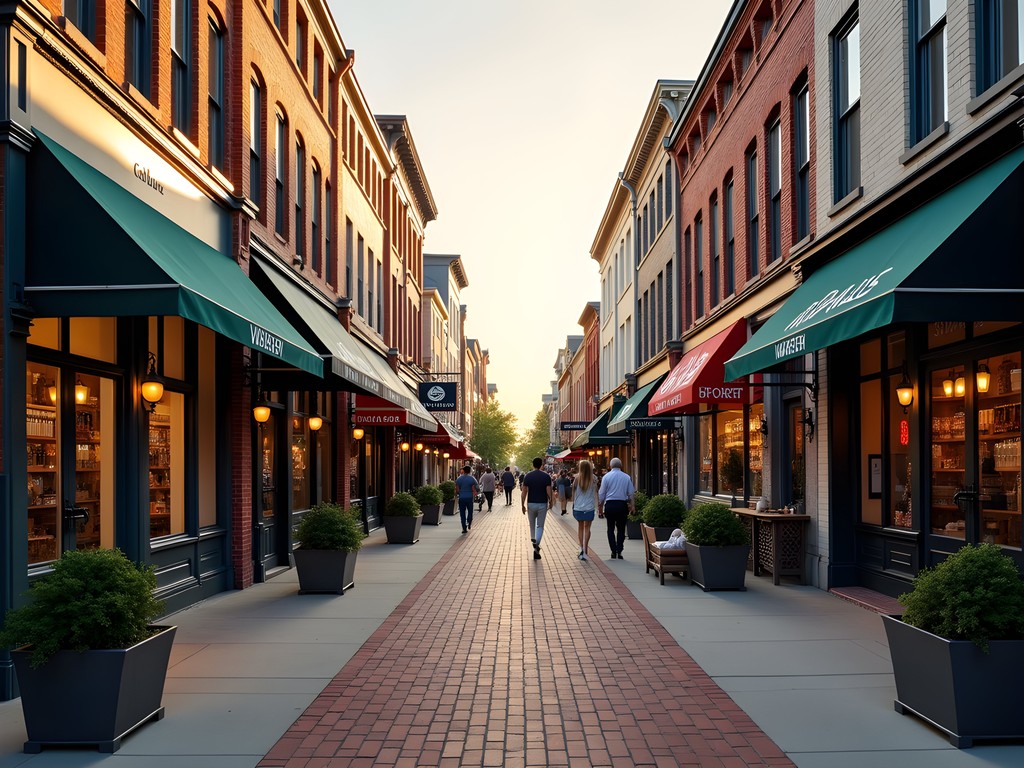
💡 Pro Tips
- Combine shopping with dining—the avenue houses some of Columbus's best restaurants
- Many shops are closed Mondays; plan accordingly
- Street parking is available but can be limited; consider parking on side streets
Cultural Shopping Enclaves: Global Markets in Middle America
As an anthropologist specializing in material culture and commercial traditions, I'm particularly drawn to immigrant marketplaces that maintain cultural authenticity while adapting to new contexts. Columbus houses several significant enclaves that offer both shopping opportunities and windows into global traditions.
In the city's west side, I spent a fascinating afternoon exploring Saraga International Grocery, a sprawling market where shelves are stocked with products from dozens of countries. Beyond mere grocery shopping, this space functions as a cultural hub where various immigrant communities converge—a pattern I've documented in multicultural urban centers worldwide. For serious culinary explorers, I recommend bringing a spice organizer to properly store your international flavor discoveries.
Nearby, the Global Mall houses businesses primarily serving the Somali community—one of the largest in North America. The mall's mixture of clothing boutiques, jewelry stores, and specialty food shops creates a commercial ecosystem reminiscent of East African markets I've studied, though adapted to American retail conventions.
In the northeast, the Continent Village area has evolved into a vibrant hub for Asian businesses, particularly Korean and Chinese establishments. Here, I discovered Tensuke Market, where the selection of Japanese cooking essentials rivals specialty stores I've documented in Osaka. Adjacent to it, the Japan Marketplace houses multiple complementary businesses under one roof, creating a commercial synergy that efficiently serves the community while welcoming outside visitors.
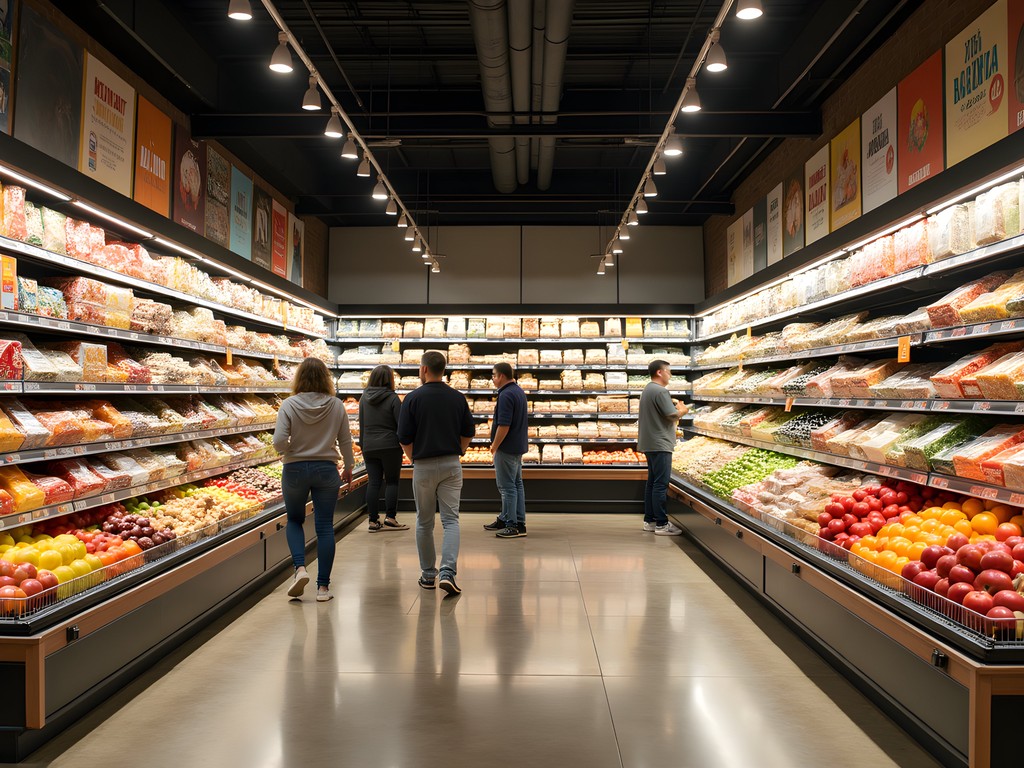
💡 Pro Tips
- Bring cash for smaller vendors who may not accept cards
- Ask questions—most merchants are proud to share knowledge about their products and traditions
- Consider visiting during cultural festivals when special items may be available
Final Thoughts
Columbus's shopping landscape defies simple categorization—it's neither purely Midwestern nor generically American, but rather a fascinating commercial patchwork that reflects both global influences and local heritage. As an anthropologist who has documented marketplaces across five continents, I found unexpected richness in this heartland city's retail offerings. From the creative entrepreneurship of Short North to the cultural preservation happening in immigrant markets, Columbus demonstrates how commerce and culture remain inextricably linked even in our digital age.
What struck me most was the accessibility of these diverse shopping experiences. Unlike some major cities where neighborhoods remain isolated or intimidating to outsiders, Columbus's commercial districts welcomed exploration and discovery. This openness creates natural opportunities for cultural exchange through the universal language of commerce—something I've observed in the most successful market traditions worldwide.
As you plan your own Columbus shopping expedition, I encourage you to approach it not merely as consumption but as cultural exploration. Each purchase can be a tangible connection to both local craftsmanship and global traditions, a philosophy that has guided my work for decades. Whether you're seeking artisanal treasures, vintage finds, or international flavors, Columbus offers a surprisingly rich commercial terrain waiting to be discovered.
✨ Key Takeaways
- Columbus offers distinct shopping districts each with unique character and specialties
- The city balances independent businesses with larger commercial developments
- International markets provide authentic cultural shopping experiences
- Most shopping areas are easily accessible and welcoming to visitors
- Shopping can be combined with cultural and culinary exploration
📋 Practical Information
Best Time to Visit
Year-round, though summer and fall offer pleasant weather for exploring outdoor shopping areas
Budget Estimate
$100-300 per day depending on purchasing intentions
Recommended Duration
2-3 days for comprehensive exploration
Difficulty Level
Easy - Most Areas Are Accessible And Pedestrian-Friendly

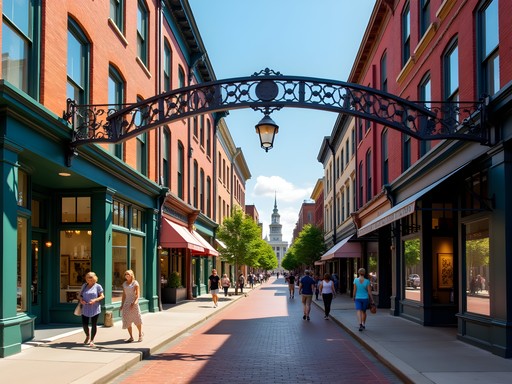

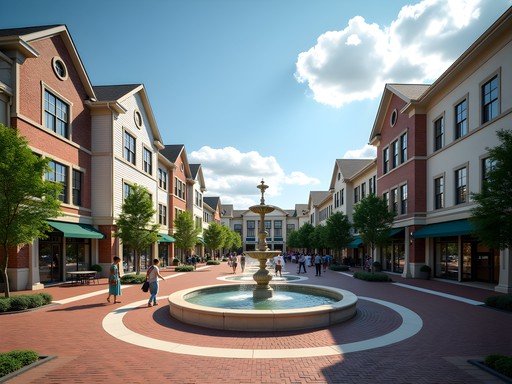
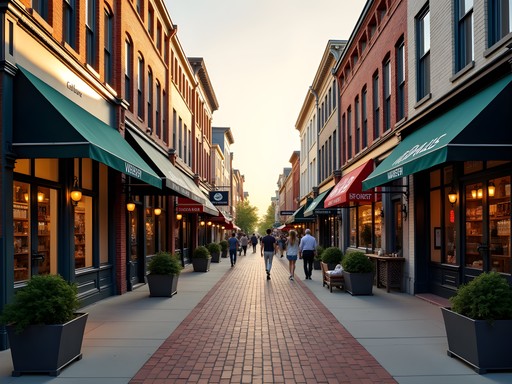



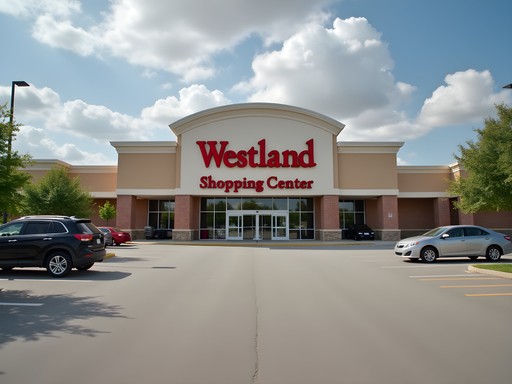


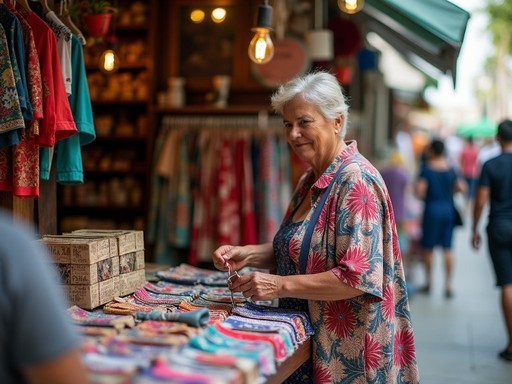
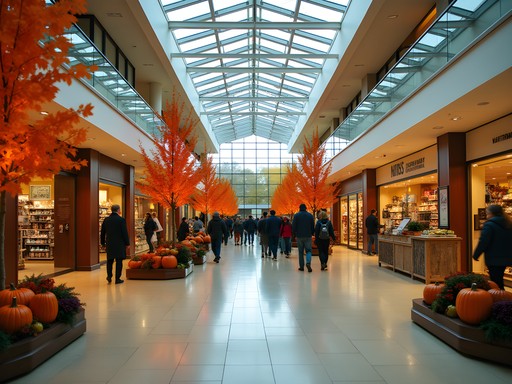

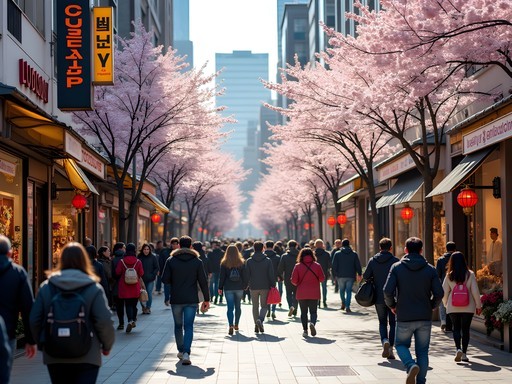
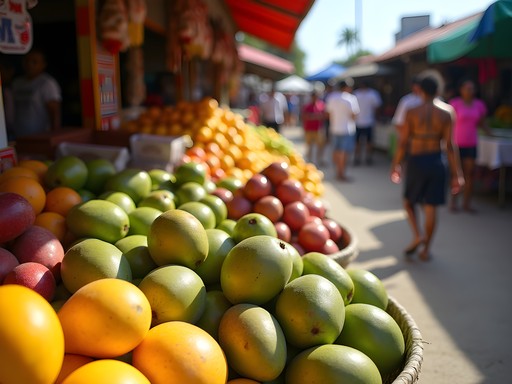
Comments
coffeemaster7616
Great post! Just got back from Columbus and you nailed it. The vibe in Short North is exactly as you described - creative but not pretentious.
Riley Griffin
This post couldn't have come at a better time! We're planning our family spring break trip to Columbus and I've been trying to figure out how to balance shopping that will keep both the adults AND teenagers happy. Sounds like the Short North might be our sweet spot with the mix of art and boutiques. We took the kids to North Market during our last visit (2 years ago) and they still talk about those Belgian waffles! Anyone have recommendations for shops in Grandview that are particularly teen-friendly? My 15-year-old daughter is really into sustainable fashion these days.
coffeemaster7616
My teenage niece loved Vernacular in Grandview! They have some cool sustainable brands and the staff was super nice to her.
Riley Griffin
Perfect, thanks so much! Adding it to our itinerary.
vacationexplorer8122
Heading to Columbus next month! Is parking a nightmare in the Short North? Any tips?
Riley Griffin
We found a great garage on Russell Street that wasn't too expensive. The street parking can be tough, especially on weekends. If you're with kids, I'd definitely recommend the garage route!
vacationexplorer8122
Thanks for the tip! No kids this trip but still good to know about the garage option.
Hayden Butler
Samantha, your analysis of Easton Town Center as a 'constructed commercial landscape' is spot-on! I was there last month for a luxury travel conference and found myself fascinated by how it manages to feel both exclusive and accessible. The way they've integrated high-end retailers with public spaces creates this fascinating social dynamic. I spent an afternoon people-watching at the central fountain with my travel journal and observed how different social groups navigate the space. The architecture really does channel visitors in specific patterns - something I'd never consciously noticed before reading your piece. Brilliant observation!
coffeemaster
North Market is a coffee lover's dream! That local roaster there (Stauf's?) makes an incredible pour-over.
mountainphotographer
Your anthropological perspective on shopping districts is so refreshing! I spent a weekend in Columbus last summer and the Short North Arts District was definitely the highlight. Those little galleries tucked between boutiques make for such a unique experience. The street art was incredible too - got some amazing shots for my portfolio. Did you have a favorite gallery?
Samantha Hughes
Thanks! I particularly loved the Hammond Harkins Gallery - their focus on Ohio-based artists gives such insight into the local creative consciousness.
mountainphotographer
Oh yes! I missed that one somehow. Adding it to my list for next time!
beachmaster
Just got back from Columbus and used this guide - spot on! The Short North was exactly as described - artsy and fun without being pretentious. We spent way too much at Helen Winnemore's in German Village (which wasn't mentioned but should be!) on handcrafted jewelry. Easton was huge but actually pretty nice for a mall experience. Definitely agree about North Market being a cultural crossroads - we talked to so many local vendors and everyone had stories about their foods. The hot chicken place was FIRE! Literally lol. My husband is still complaining about how spicy it was. Thanks for this guide Samantha!
islandbuddy
Never thought Columbus would be on my shopping list but now I'm intrigued!
hikinghero
Going to Columbus next month for a conference and will have a free day to explore. Is the Short North walkable from downtown hotels? And any specific shops in North Market I absolutely shouldn't miss? I'm a big foodie and love bringing home local specialties!
Hunter Thompson
It's about a 15-20 min walk from downtown to Short North - totally doable! In North Market, don't miss Brezel for amazing pretzels and Destination Donuts. Also check out The Barrel and Bottle if you're into craft beers - they have local Ohio brews you can take home. I used my travel daypack to carry all my food treasures back to the hotel!
hikinghero
Thanks so much! Definitely hitting up those food spots. The pretzel place sounds amazing.
Hunter Thompson
Brilliant anthropological take on Columbus shopping, Samantha! I was there last summer and was properly gobsmacked by the Short North Arts District - such a vibe! The mix of galleries and boutiques feels genuinely organic compared to the manufactured 'arts districts' popping up everywhere. Did you check out the Gallery Hop? Happened to be there first Saturday of the month and it was absolutely mental - in the best way possible! The North Market reminded me of smaller versions I've seen across Europe, but with that distinct Midwestern warmth. Defo worth mentioning to your readers that the COTA bus system is dead easy to navigate between these shopping areas if you're not driving!
beachmaster
We did the public transportation too and it was great! Way easier than trying to park downtown.
Hunter Thompson
@beachmaster Exactly! And surprisingly efficient for a mid-sized American city.
Venture X
Premium card with 2X miles, $300 travel credit, Priority Pass